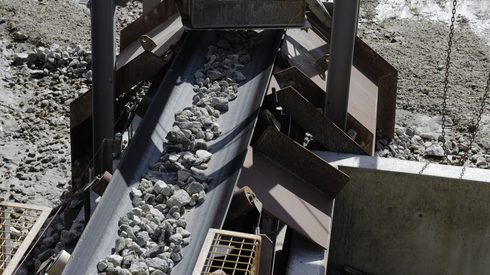Welded linepipe and OCTG prices have been rising globally despite weak demand – the recent surge in steel and raw material prices forced mills to raise their offers.
While new prices were accepted by the available buyers in North America, demand for HSAW and ERW dried up in Europe while customers take a wait-and-see approach. We expect flat steel prices to continue to increase in the coming months, in turn lending strength to the global pipe market, but a correction is due in the second quarter.
Low utilization rates persist in US
Most North American large-diameter linepipe producers are running at very low utilization rates. While these existing supply contracts are completed, output rates will continue to fall, as they have been through 2020.
This, coupled with a modest improvement in demand in the second quarter next year, will provide limited support to prices despite the expected correction in steel prices.
India faces iron ore shortage
Indian mills are struggling to source domestic iron ore because high prices have pushed producers to focus on the export market. This has resulted in particularly sharp pipe price increases, with offers for ERW API 5L X65 fob jumping by around $190 per tonne on the month in December, and for LSAW API 5L X65 fob jumping by around $90 per tonne.
European LSAW holds
Prices for European LSAW X65 fob are the only welded linepipe prices that have not increased among those assessed by Fastmarkets. This reflects higher stability in the European plate market than in HRC.
But we have started seeing indications of plate prices finally joining the global steel rally – we expect this to show up in part in LSAW prices in the coming months.
Click here to view the Welded Linepipe and OCTG Market Tracker in full.




